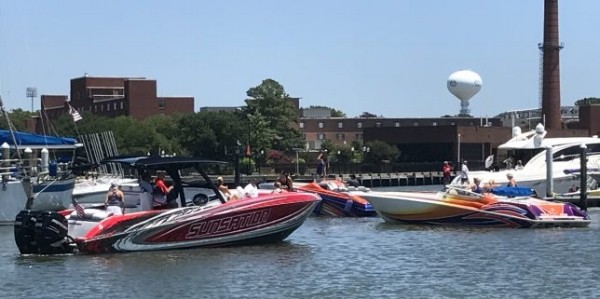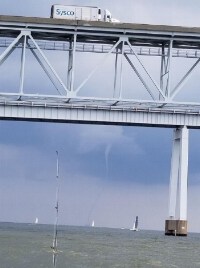If you like to fish for fun, here is a great excuse to cast a line. In a bounty fishing program happening this month in Baltimore waters, you get paid for every invasive-species fish you harvest.
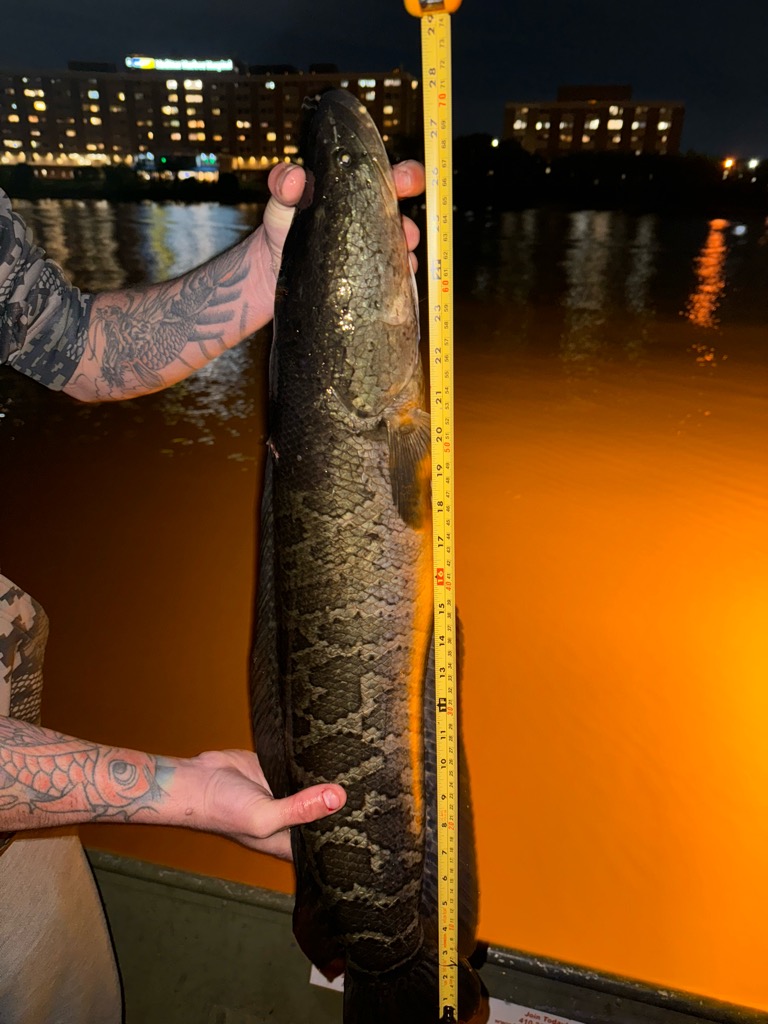
What’s the catch? There isn’t one. Reel Rewards is a win-win for the angler—who gets $30 richer with each fish they catch—B overall river health, and Bay environmentalists, who will gain valuable research data from the fish that are turned in. It’s the second year for this program of the Environmental Justice Journalism Initiative (EJJI), aimed at protecting the Patapsco River from nonnative species. The program is part of the Reimagine Middle Branch Project with the South Baltimore Gateway Partnership, who provide funding for the bounty payments.
The bounty program started because the Middle Branch Harbor and the wider Baltimore area are facing a gap in research on invasive fish species, EJJI tells us. These areas are home to large immigrant, Black, and veteran populations, some of whom fish for their food in these waterways. With a long history of air, land, and water pollution in the area, consuming these fish may pose health risks for various demographics. It’s important for researchers to learn what is being caught and eaten.
All fish must be caught within the Baltimore Harbor area of the Patapsco (newly expanded since last year’s inaugural event), and the head or body must be turned in (fresh or frozen) at one of the event’s designated drop-off times. When you turn in your fish, you get $30. You can turn in up to 15 fish per week. There is currently no cap on the number of fish overall that anglers can turn in. Last year, the tournament paid out nearly $9,000 in bounties over three months.
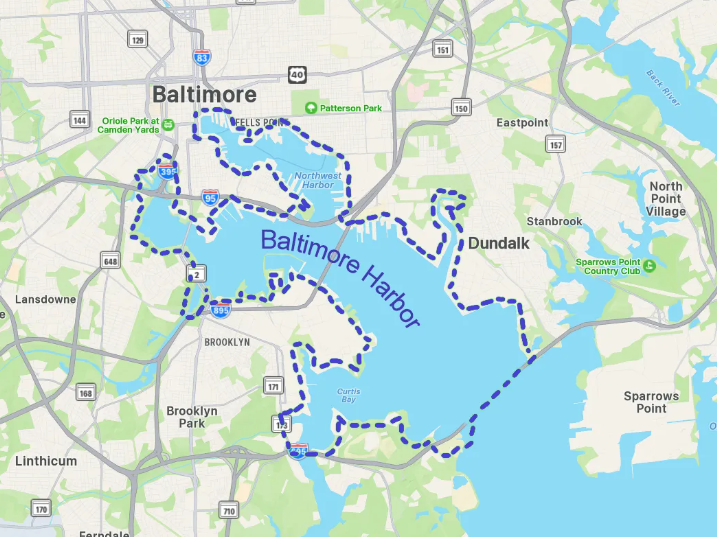
A few anglers had particularly impressive results. Last year’s leader, Brian Slacum, turned in 134 snakeheads, which earned him more than $4,000. Slacum has been bowhunting in these waters for snakeheads since 2018. He says they’re a fun species to target. “You get a fight no matter [whether you’re using] bow or rod and reel, and they grow pretty large in our ecosystem.”
While snakeheads seemed most popular, some anglers had luck targeting blue catfish and a few flathead catfish were caught as well.
You don’t have to live in Baltimore to participate in the bounty program, as long as you fish within the tournament limits. You do need the appropriate fishing license
The tournament began April 26 and runs through July 12. Anglers can target snakehead, blue catfish, and flathead catfish, which are all invasive in these waters. To participate, register as an angler on iAngler and join the 2025 Reel Rewards Tournament. You’ll find the calendar of drop-off dates and times there, too.
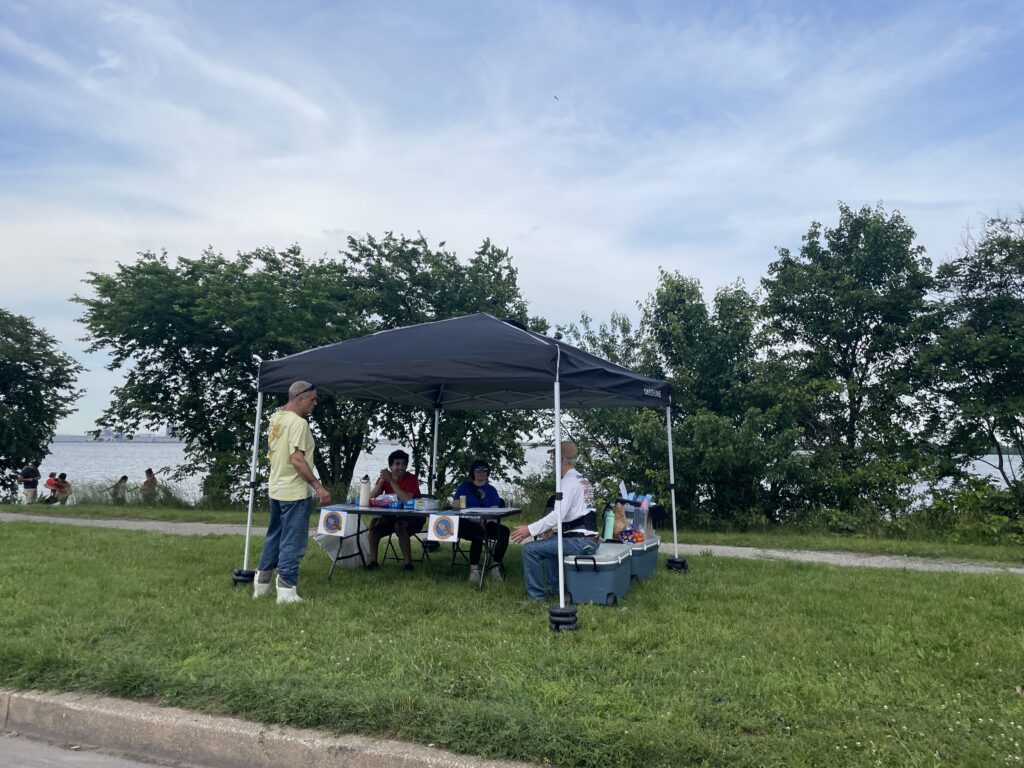
We asked Slacum how hard snakeheads are to find in the Patapsco watershed. “We have been hitting the same spots for years,” he says, “and each year seems to produce more and more of the snakehead. Also, when we have storms or tidal changes in the water, it pushes more in or brings them out to different areas.”
What tips would he share with newer snakehead anglers or bowhunters? “A good advantage I would say is watch the tide charts for that area you want to fish. You want to fish a low tide closer to mud flats, big weed edges, or grassy areas; they hold the most warmth.”
Slacum also advises, “Snakeheads are aggressive, so if using rod and reel anything that mimics a dying fish or something on the surface is a good way to find them. If you are using bows try to find the muddier/swampy areas which tend to hold the most warmth.”
His tricks are obviously working. Slacum shares that he and a friend have already turned in a combined 106 fish in the 2025 tournament.
If you think this program is a great idea, but wish it covered more than just the Baltimore area, you aren’t alone. Anglers have asked EJJI for a larger fishing area, but as a small nonprofit, EJJI’s Reel Rewards program doesn’t have the capacity to expand further now. “We are actively seeking partnerships with other organizations to help grow our capabilities and expand program boundaries,” says EJJI Environmental Science Program Manager Veronica Lucchese. “This program involves numerous logistical and scientific processes, and we would love to collaborate with tribes, other nonprofits, community groups, veteran organizations, and academic institutions.


